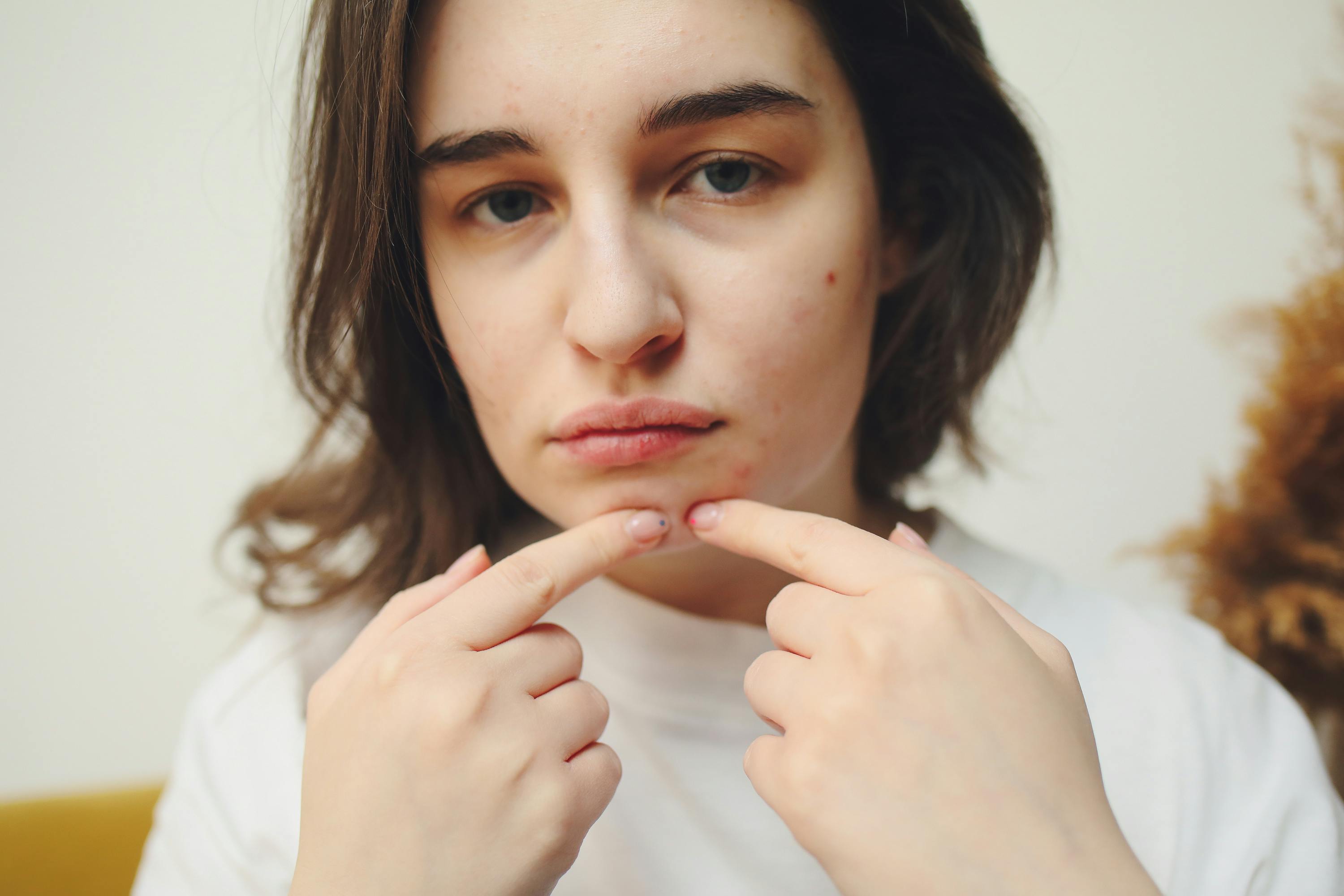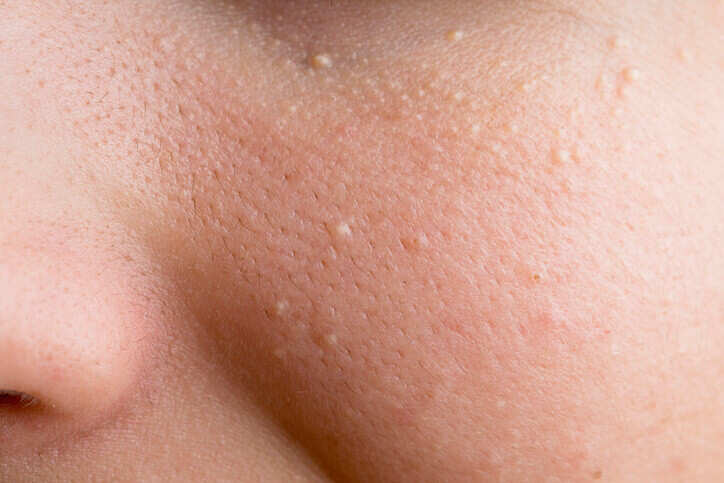Hyperpigmentation vs. Melasma: How to Tell Them Apart

When it comes to skin discoloration, two common terms often arise: hyperpigmentation and melasma. While these conditions may seem similar at first glance, they have distinct causes, characteristics, and treatment approaches. Understanding these differences is crucial for effective management and achieving healthy, even-toned skin. Let’s explore what sets hyperpigmentation and melasma apart, their causes, and the best ways to treat them.
What is Hyperpigmentation?

Hyperpigmentation is a common skin condition where certain areas of the skin become darker due to an overproduction of melanin—the pigment responsible for skin color. It can affect people of all skin tones and manifests as dark patches, spots, or an uneven complexion.
This condition can arise from various factors, including prolonged sun exposure, hormonal changes, inflammation, acne, or skin injuries. While hyperpigmentation is harmless, it often causes cosmetic concern due to its impact on skin appearance.
What is Melasma?

Melasma is a specific type of hyperpigmentation, primarily triggered by hormonal fluctuations. It appears as symmetrical, blotchy dark patches, most commonly on the face, including the cheeks, forehead, nose bridge, chin, and upper lip. Occasionally, melasma may also develop on sun-exposed areas like the neck and arms.
Melasma is more prevalent in women, particularly due to its strong connection to hormonal changes. Pregnancy often triggers melasma, commonly called the "mask of pregnancy." Hormonal therapies, such as oral contraceptives or hormone replacement therapy, can also contribute. Additionally, UV exposure and heat can worsen the condition since melasma is highly sensitive to sunlight. Though not physically harmful, melasma can significantly impact emotional well-being.
Causes of Hyperpigmentation
1. Post-Inflammatory Hyperpigmentation (PIH)
PIH occurs when skin darkens following an injury, acne, or inflammatory conditions like eczema or psoriasis. The skin produces excess melanin as part of its healing process. It is more common in darker skin tones due to naturally higher melanin levels. Getting rid of hyperpigmentation can take weeks to years to fade, depending on its severity and the individual’s skin type.
2. Genetic Predisposition
Melasma often runs in families, meaning if close relatives—such as parents or siblings—have had the condition, you may be more prone to developing it yourself. Genetics can influence how your skin reacts to various triggers, such as hormones or sun exposure, making some individuals more susceptible to excessive melanin production. Research suggests that specific genes related to pigmentation and skin sensitivity may play a role in this predisposition. Understanding your family history can help you take proactive steps to manage or prevent melasma.
3. Sun Exposure
Sun exposure is one of the most significant triggers for melasma. Ultraviolet (UV) rays from the sun penetrate the skin and stimulate melanocytes, the cells responsible for producing melanin, which can lead to the formation of dark spots and patches over time. Even brief periods of unprotected sun exposure can worsen existing hyperpigmentation or cause new areas to develop. In addition, prolonged sun exposure can counteract the effects of treatments aimed at lightening the skin. Wearing broad-spectrum sunscreen, protective clothing, and avoiding peak hours of sunlight are essential strategies for minimizing the impact of UV radiation on melasma.
Causes of Melasma
1. Hormonal Changes
Hormonal fluctuations, such as those during pregnancy (referred to as the "mask of pregnancy" or chloasma), menopause, or with the use of oral contraceptives or hormone replacement therapy, can trigger melasma. These hormonal shifts increase the activity of melanocytes, leading to an overproduction of melanin. When combined with sun exposure, this often results in dark, uneven pigmentation on areas such as the face, neck, or arms.
2. Medications and Thyroid Disorders
Certain medications, such as hormonal therapies, anti-seizure drugs, or certain antibiotics, can make the skin more sensitive to sunlight, increasing the risk of melasma. Additionally, thyroid disorders, particularly hypothyroidism, are thought to alter the production of melanin and increase susceptibility to developing melasma, though the exact mechanism is still being researched.
3. UV Rays
Prolonged exposure to UV rays from the sun or artificial sources (like tanning beds) significantly worsens melasma. UV rays stimulate melanocytes to produce excess pigment, which then deposits unevenly in the skin. This is why melasma is often more noticeable in the summer months or in sunny climates, and why proper sun protection is vital in managing the condition.
Characteristics of Melasma vs. Hyperpigmentation
| Feature | Hyperpigmentation | Melasma |
|---|---|---|
|
Appearance |
Isolated dark patches. |
Larger, blotchy, and symmetrical. |
|
Location |
Anywhere on the body. |
Mainly on the face. |
|
Triggers |
Sun exposure, injuries, inflammation. |
Hormonal changes, UV exposure. |
|
Color |
Brown or black. |
Grayish or bluish tint. |
|
Pattern |
Random distribution. |
Symmetrical patterns. |
|
Associated Symptoms |
Visual concern only. |
Sometimes accompanied by skin sensitivity. |
|
Duration |
Fades over time with treatment. |
Often persistent without intervention. |
|
Prevalence |
Affects anyone. |
More common in women and darker skin tones. |
Treatments for Melasma and Hyperpigmentation
While treatments overlap, some methods are more effective for specific conditions:
1. Laser Therapy

Laser therapy is a targeted treatment that uses focused light to break down melanin deposits in the skin, helping to reduce pigmentation. It’s a precise and effective option for treating stubborn dark spots and uneven skin tone caused by hyperpigmentation.
2. Tranexamic Acid
This powerful ingredient works by inhibiting melanin production, making it particularly effective for treating melasma. Tranexamic acid is often found in topical formulations or prescribed orally for individuals dealing with persistent pigmentation issues.
3. Niacinamide
Niacinamide, a form of vitamin B3, not only helps reduce discoloration but also strengthens the skin’s natural barrier. Its anti-inflammatory properties make it a gentle yet effective option for fading dark spots and improving overall skin tone.
4. Chemical Peels
 Learn if Skin to Heart's Cosmo Peel is right for you
Learn if Skin to Heart's Cosmo Peel is right for you
Chemical peels containing AHAs (alpha hydroxy acids) and BHAs (beta hydroxy acids) work by promoting cell turnover. These exfoliating acids help shed the top layer of skin, revealing a brighter, more even complexion while reducing the appearance of dark spots over time.
5. Hormonal Management
Since hormonal imbalances are often a key contributor to melasma, addressing these imbalances can significantly improve skin pigmentation. This may involve lifestyle changes, diet adjustments, or working with a healthcare provider to explore hormonal treatments.
When to Seek Expert Help
If home treatments don’t yield results or the discoloration is severe, consulting a professional is essential. Dermatologists or skin experts can provide tailored advice and offer advanced treatments like prescription creams, chemical peels, or laser therapy.
Get Expert Solutions for Skin Pigmentation at Skin to Heart
At Skin to Heart, we understand how challenging skin pigmentation issues can be. Whether you’re looking to treat melasma or hyperpigmentation, our expert solutions are designed to help you achieve clear, radiant skin. Don’t let pigmentation hold you back—discover personalised treatments for your unique skin needs by booking a consultation today.
- Tags: pigmentation skincare
0 comments
 Neoretin Promotion Packs
Neoretin Promotion Packs Biopelle KNR Serum
Biopelle KNR Serum
